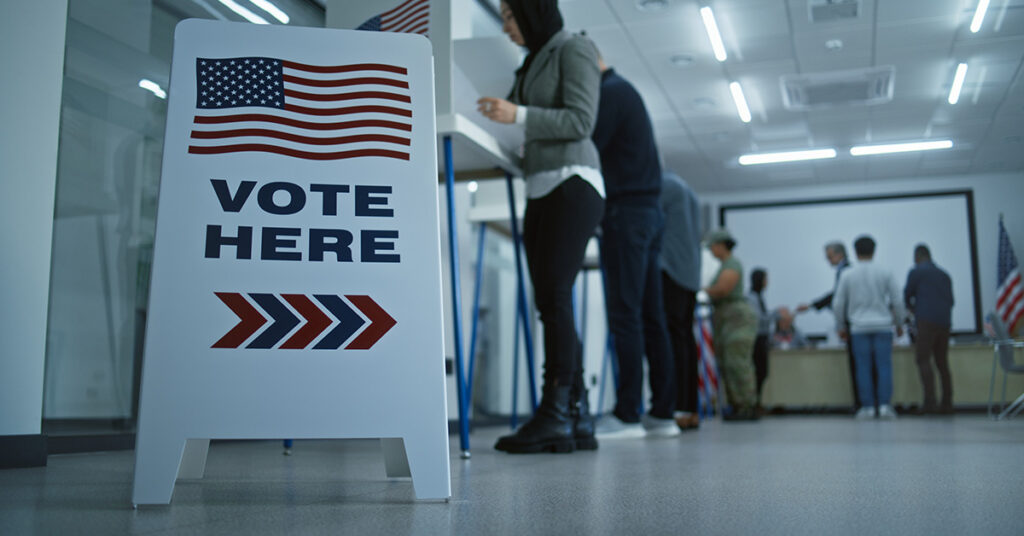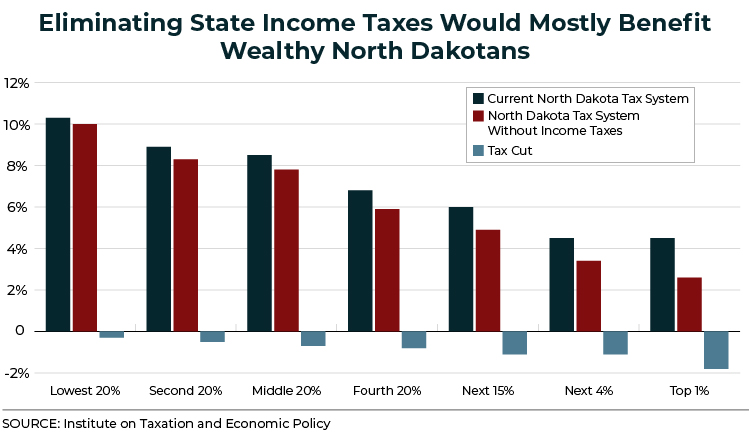By JILL SCHRAMM, Staff Writer [email protected]
Taxpayers will be in a position to measure the success of the Legislature’s property-tax relief package when tax statements appear in their mail in a few weeks. But already, there’s strong feeling among many legislators and others that more needs to be done to lower property taxes in the state.
An interim committee will be studying additional property-tax relief when it meets this winter. In the meantime, a Minot man is spearheading an initiated measure to eliminate property taxes.
Robert Hale said he is organizing a statewide committee to submit ballot language to the Secretary of State for approval that would allow the committee to circulate petitions. An initiated constitutional measure requires 25,688 signatures. Hale would like to have the measure on the November 2010 ballot.
Hale said the measure is essentially the same language as a House resolution introduced by Rep. Dan Ruby, R-Minot, this past session. The resolution, defeated in the House, proposed to amend the constitution to eliminate the property tax as a revenue source. Political subdivisions that now rely on the property tax would receive funding through the state.
Hale said he welcomes debate on the issue.
“If people want to continue the status quo, fine. But I don’t think the status quo is helping our state a bit,” he said.
Preliminary figures show as many 2,000 people might be losing their homes every year in North Dakota, Hale said. He hopes to document definitive numbers as he prepares to wage a campaign on behalf of a ballot measure. In addition, there are many others who are selling homes that they cannot afford because of taxes and other costs, he said.
“If you work 20 to 30 years to pay off a mortgage and then have to pay rent to the state every year just for the privilege of living in your own home, it certainly is a horrendous problem. If you can’t be secure in your home, what can you be secure in? Unfortunately, the elderly are the ones who get hit the hardest,” Hale said.
A common argument against the property tax is its inequity. Property-tax breaks granted for new homes, economic development or refurbishing older properties means some pay while others don’t.
Rep. Louis Pinkerton, D-Minot, who served on the House Finance and Taxation Committee last session, would like to see property-tax reform to inequities among classes of properties.
“North Dakota has a very antiquated tax policy,” Pinkerton said, noting that tax formulas cause most of the burden to fall on residential property compared to commercial or agricultural property.
The Legislature’s interim tax committee will consider a plant to expand the Homestead Tax Credit to all North Dakotans, rather than just seniors, disabled and low-income. That would help relieve the tax burden on residences.
The $295 million in property-tax relief provided this past legislative session might not be as significant as hoped, Pinkerton said. It cuts property taxes by reducing school mill levies, but taxpayers won’t see much savings if rising property values increase taxes despite fewer mills, he said.
“You want your tax structure to encourage growth in your state. I just don’t think our tax policy has been there, particularly this tax bill that went through this last time,” he said. “Tax policy needs to be readjusted before we drive people out of the state.”
Pinkerton also wasn’t satisfied with the Legislature’s 12 percent, across-the-board reduction in income tax, which created $100 million in relief. Pinkerton said $20 million of that amount went to corporations, which excludes many small businesses. Of the remaining $80 million, $20 million was shared by about 2,500 of the wealthiest taxpayers, he said, leaving people in lower tax brackets with little.
However, Ruby said income-tax changes, especially the corporate tax changes, will present North Dakota more favorably in tax comparisons with other states.
“It’s not only better for individuals but for businesses as well,” he said. “When you show that there’s a lifting of a tax burden for producing and making an income, it is going to look more attractive to locate in that state.”
Ruby said he would like to further reduce or eliminate the income tax. He believes it’s possible to eliminate both income and property taxes through a series of changes.
That would put more pressure on sales tax, but Ruby said that tax is the most fair because it is based on spending. He supports reducing government spending as the first step in accommodating lost income from property and income tax changes, though.
A study by the Institute of Taxation and Economy Policy in Washington, D.C., has looked taxes in North Dakota and found an imbalance among the three major, personal taxes of income, property and sales. The institute reported North Dakota’s 2007 taxes were too heavily weighted on property and sales, which especially hit middle and lower-income families. Changes made this year would lighten the property tax load but worsen the disparity in income tax in the institute’s calculations.
The report found that North Dakota families earning less than $21,000 the poorest fifth of North Dakota non-elderly income earners pay 9.5 percent of their income in state and local taxes. The wealthiest 1 percent, with average incomes of about $1 million, pay 5.1 percent.
Middle income taxpayers earning between $35,000 and $59,000, pay 8.2 percent of their income in North Dakota state and local taxes.
North Dakota Tax Commissioner Cory Fong disputed the conclusion of the report.
“I do think that we continue to have a very balanced tax structure in our state. We have the benefit of having about the right levels across those three major tax types income, sales and property tax,” he said. “We are getting the message from our citizens that if there’s one area they think ought to be looked at, it’s property taxes, and we have responded to that.”
He added that North Dakota’s tax structure does target relief to those who need assistance. Examples are the Homestead Tax Credit and exemptions in the sales tax for necessities such as food and medicine. The 2009 Legislature added an exemption for natural gas and other heating fuels.
An effort to eliminate exemptions wasn’t successful last session. Neither did legislators pass a proposal to exempt clothing.
Sen. David Hogue, R-Minot, who was a member of the Senate Finance and Taxation Committee, said he voted against a bill that would have exempted thrift stores from sales tax, although he’s since come to look more favorably on the idea as a means of reducing the sales-tax burden on lower-income residents.
Hogue said sales tax can be regressive, hitting lower income residents harder, which makes it an issue in tax policy. He’s not satisfied with current property taxes, either, and wants to see more reform, especially for residences.
At the Legislature’s direction, the interim taxation committee will be looking for a way to reduce property-tax bills to no more than 1.5 percent of the true and full value of the property.
The Tax Foundation in Washington, D.C., reported property tax bills represented 1.5 percent of home values in Ward County as an average for 2005-2007. Using actual taxes and the average home value in Minot, the current tax burden is 1.9 percent of value.
Rep. Robert Frantsvog, R-Minot, who serves on the interim committee, said as legislators look what needs to be done with property taxes, other tax types will come into the discussion. He’s waiting to see where the discussion heads before making up his mind on tax policy, but without a doubt, he said, change is needed.





